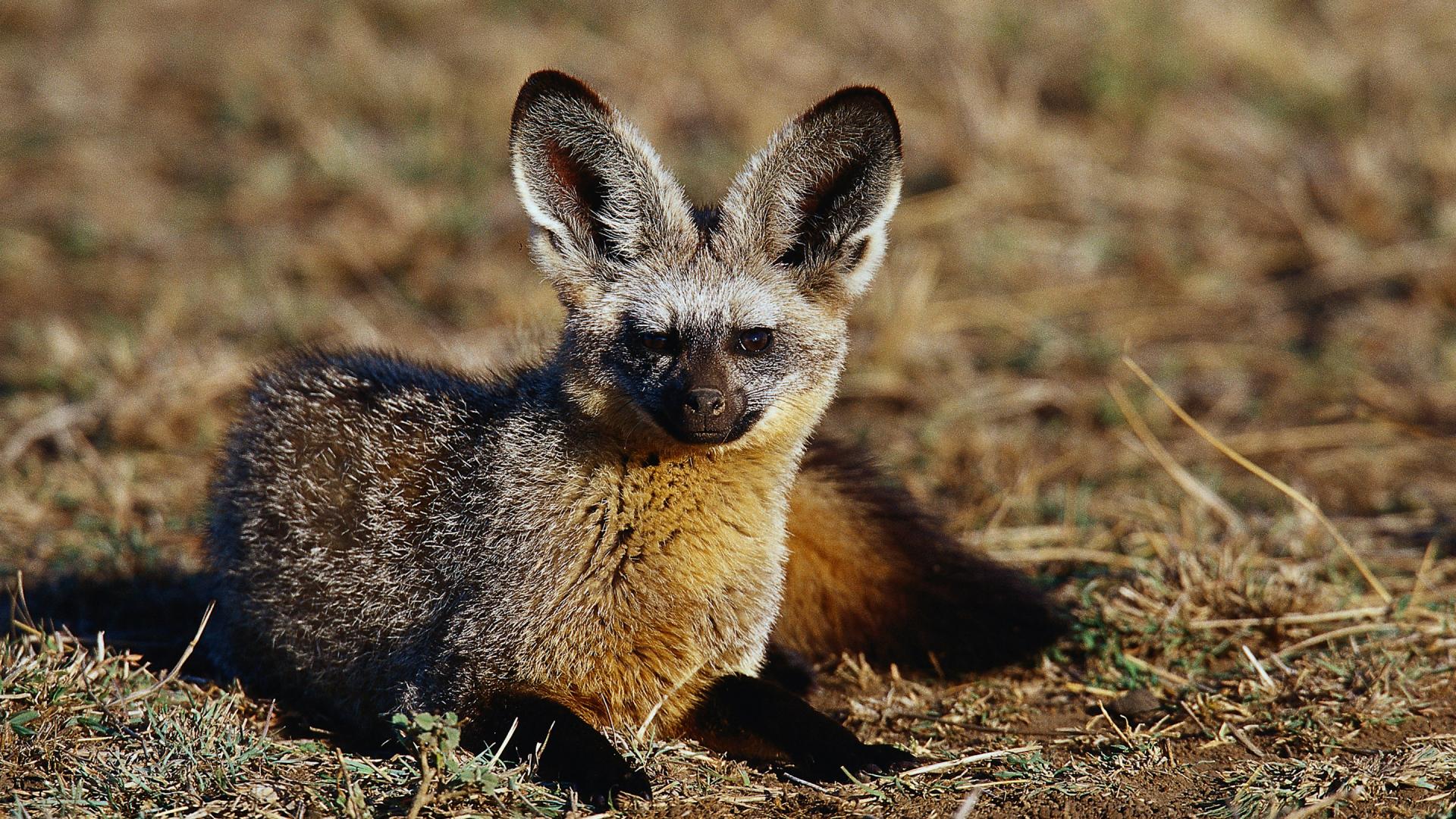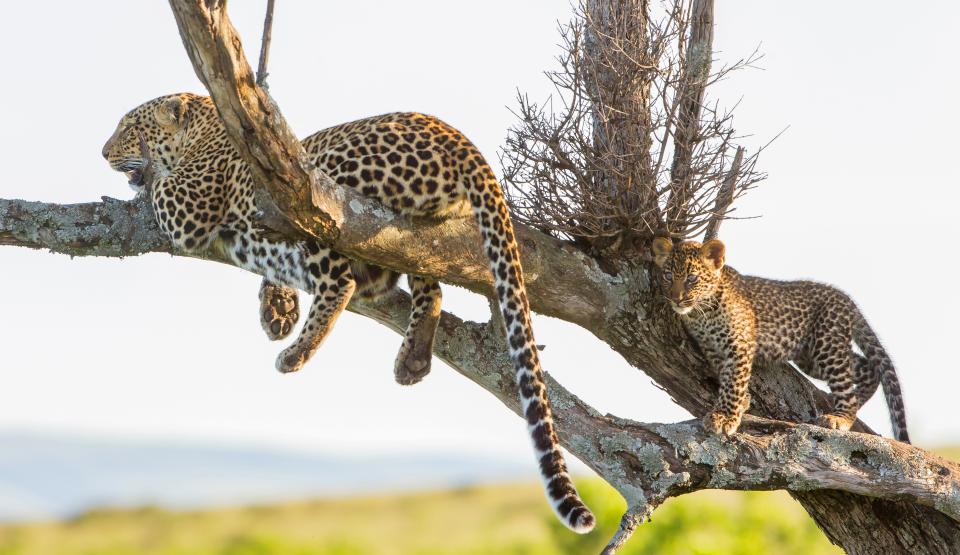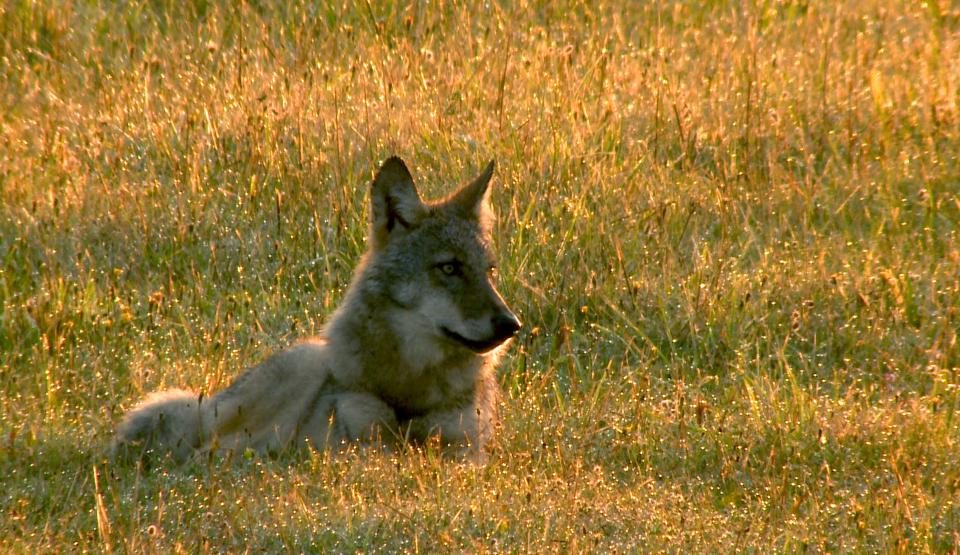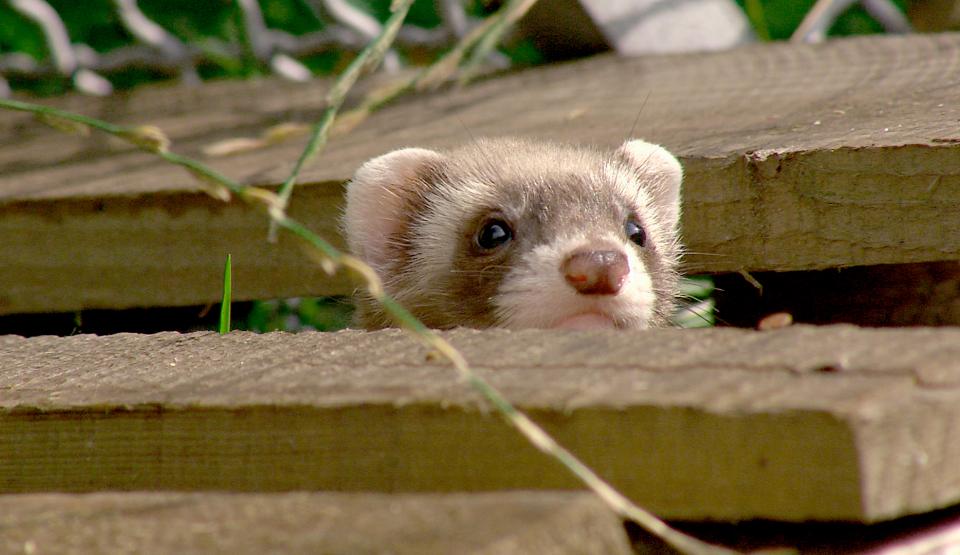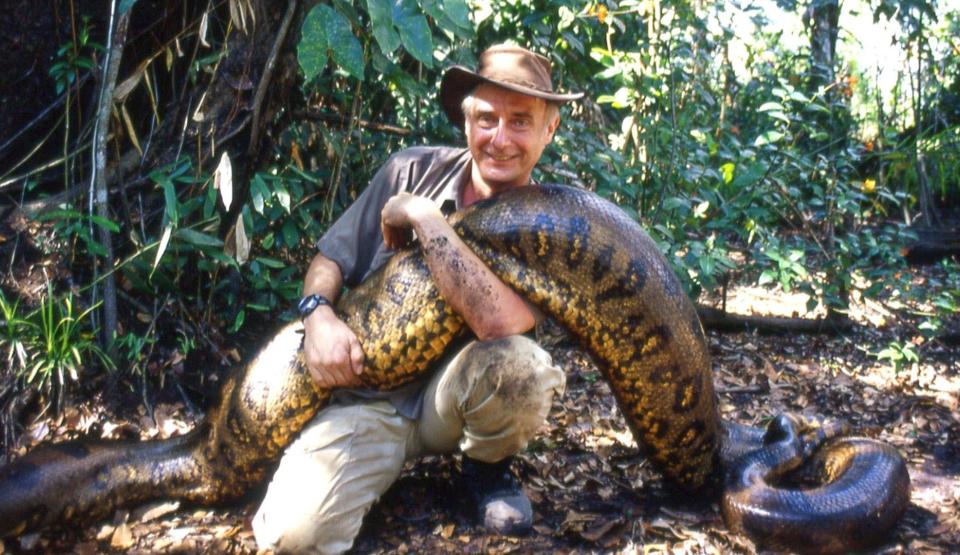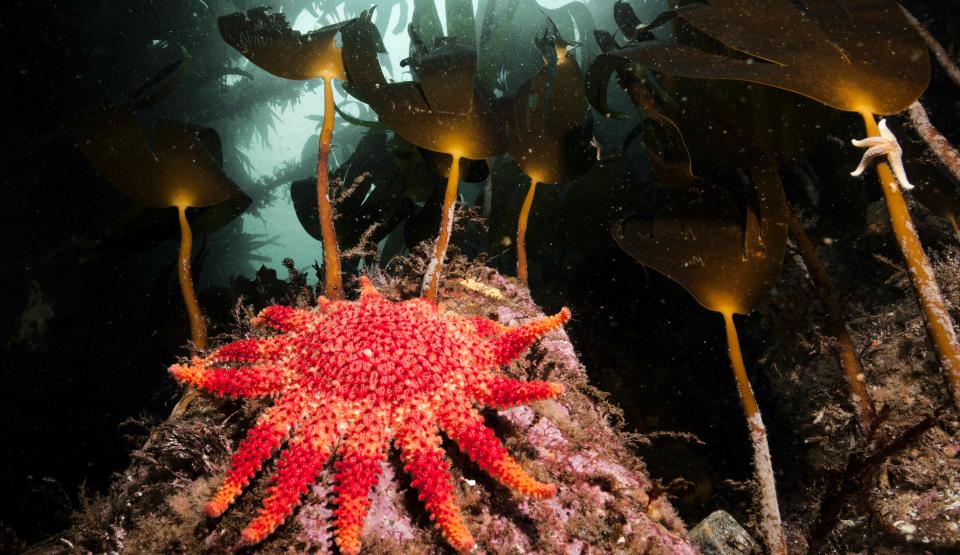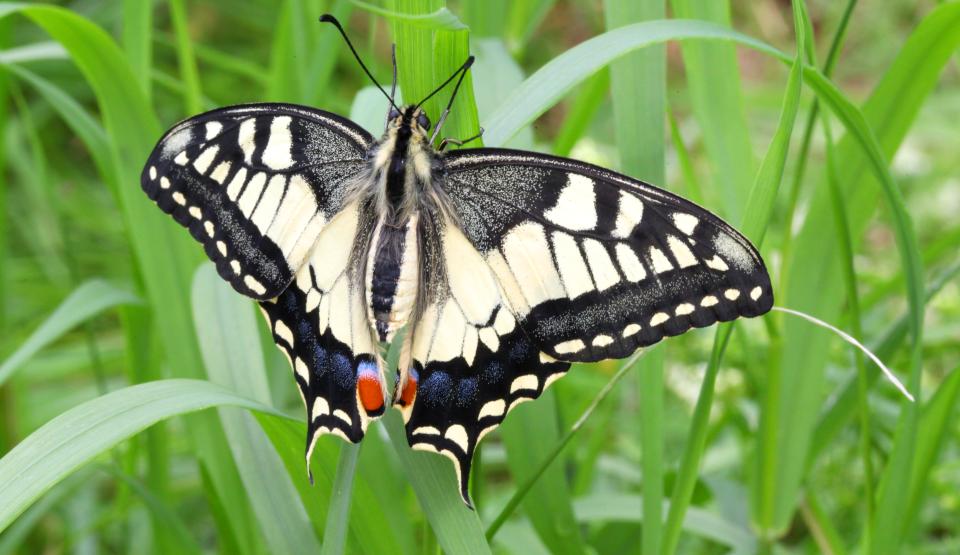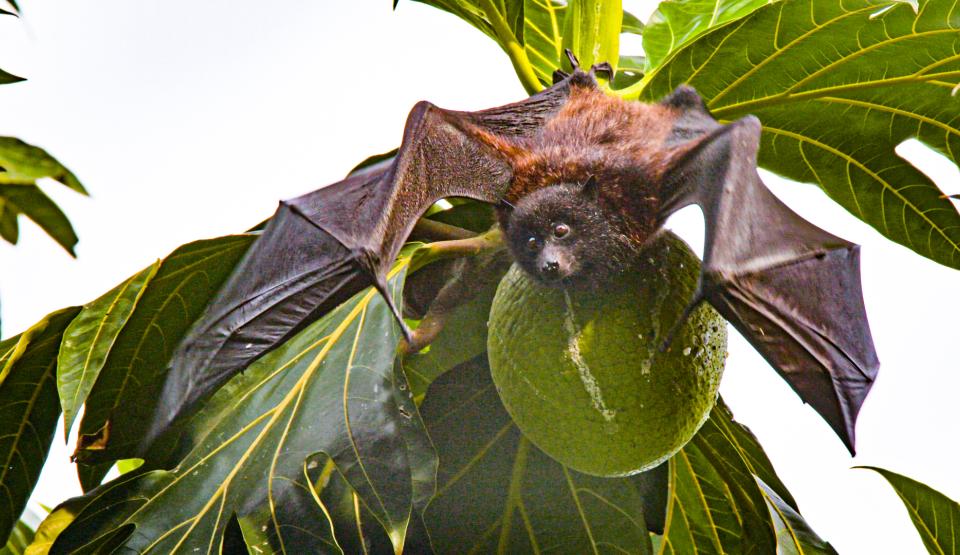Huge ears are the trademark of the bat-eared foxes, which are actually capable with their hypersensitive ears of locating the underground crawling sounds of minute living creatures that are their prey, beetles, larvae and other insects, and digging them up in a quick scraping movement, then consuming them. It comes as no surprise that these small canids are at home particularly in southern Africa, in the Kalahari desert, since, as avid diggers, they need plenty of sand. Sand, which is ideal for foraging for prey. For Margit Du Toit, born in Dortmund and a passionate veterinarian, her first encounter with the bat-eared fox in Namibia was a key experience. She decided to return to Namibia after completing her studies and to become involved in actively protecting these animals, for like many others, the bat-eared fox has a difficult time of it in its natural habitat. Here, on the vast farms in the south of the country, its mere resemblance to a "livestock snatcher", to the jackal, namely, is its undoing. The sheep farmers here hunt these predators, which above all kill and feed on young lambs as easy prey. Unfortunately though, it is often the harmless bat-eared foxes that fall victim to the hunt with hounds or the quick shot at a fleeting shadow. In recent years, their numbers have dwindled rapidly. At home in Dortmund, Margit Du Toit has founded a society for the protection of bat-eared foxes. With the help of donations, she has developed a programme that is not only intended to research the present population situation in southern Namibia, but has also launched a campaign to provide farmers in this region with information about the bat-eared fox and, like this, stop the involuntary pursuit of these harmless insect eaters. By coincidence, she is asked to care for a tame female bat-eared fox and takes her back to the farm, where in the meantime she feels quite at home. On the vast 6,000 hectare farmstead, this bat-eared fox, "Fanta", found herself a wild partner and in October 2003 gave birth to four cubs in a shallow burrow in the ground. But "Fanta" doesn't abandon her foster mother, and even shows her the burrow where her cubs were born. For three weeks the cubs stay in their burrow, then come their first excursions into daylight. At three months, their behaviour begins to change. Their mother no longer suckles them regularly. They start to forage for food themselves in the proximity of the den. The den is also abandoned as a safe haven, the cubs are as agile as their mother. At any sign of danger, they rely on their swiftness. For Margit Du Toit, a critical phase now starts. A few weeks earlier, she had already put a collar with a radio transmitter on "Fanta" to enable her to find the bat-eared fox family every day in the wide expanses of the brown savannah, because it's important to keep up her contact – especially to the young – if she is not to loose their trust. The question remains as to their chances of survival. Margit has already won over her farmer neighbours to the bat-eared foxes' cause. None of them will shoot at the animals any more. But a new danger has arisen: electric fences. How will the bat-eared foxes cope with this new danger? They just love to dig their way under fences onto the neighbour's farm. So what does the future hold for our 5 bat-eared foxes? "Fanta" is not likely to leave her established domain on Margit's farm. The four cubs on the other hand, will be enticed into the big wide world. In the nearby "Gemsbok Kalahari National Park" they will have to face quite different dangers, above all big predators. Here, on the expansive farmland, their proximity to humans will cause them problems. It will be exciting to discover what becomes of the Fanta core family on "Nanania" in the future.
